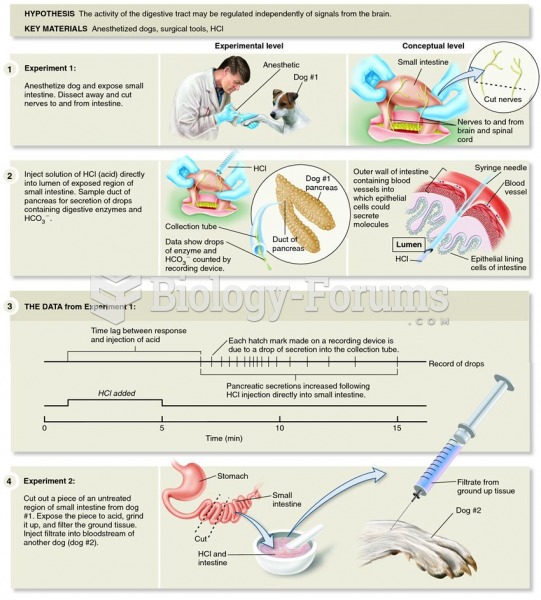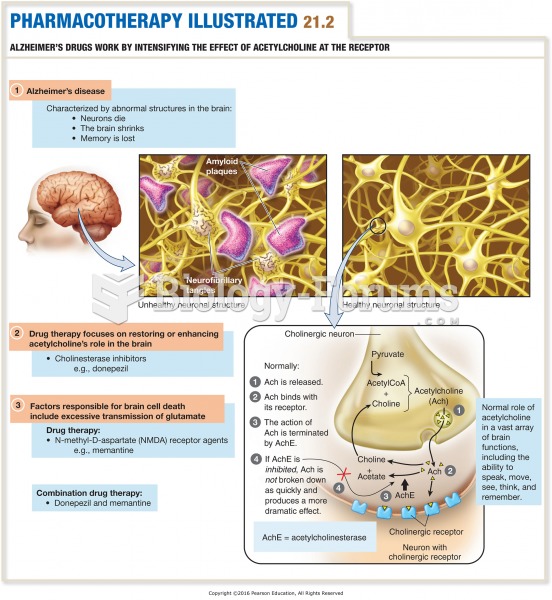Answer to Question 1
Answer: TRUE
Answer to Question 2
Answer: Most job specifications come from the educated guesses of people like supervisors and human resource managers. The basic procedure here is to ask, What does it take in terms of education, intelligence, training, and the like to do this job well? There are several ways to get these educated guesses. You could simply review the job's duties and deduce from those what human traits and skills the job requires. You can also choose them from the competencies listed in Web-based job descriptions. In any case, use common sense when compiling your list. Don't ignore the behaviors that may apply to almost any job but that might not normally surface through a job analysis. Industriousness is an example. Who wants an employee who doesn't work hard?
The other option is to base job specifications on statistical analysis, which is more defensible but also more difficult. The aim here is to determine statistically the relationship between (1) some predictor (human trait, such as height, intelligence, or finger dexterity), and (2) some indicator or criterion of job effectiveness, such as performance as rated by the supervisor. The procedure has five steps: (1) analyze the job and decide how to measure job performance; (2) select personal traits like finger dexterity that you believe should predict successful performance; (3) test candidates for these traits; (4) measure these candidates' subsequent job performance; and (5) statistically analyze the relationship between the human trait (finger dexterity) and job performance. Your objective is to determine whether the former predicts the latter. This method is more defensible than the judgmental approach because equal rights legislation forbids using traits that you can't prove distinguish between high and low job performers.







